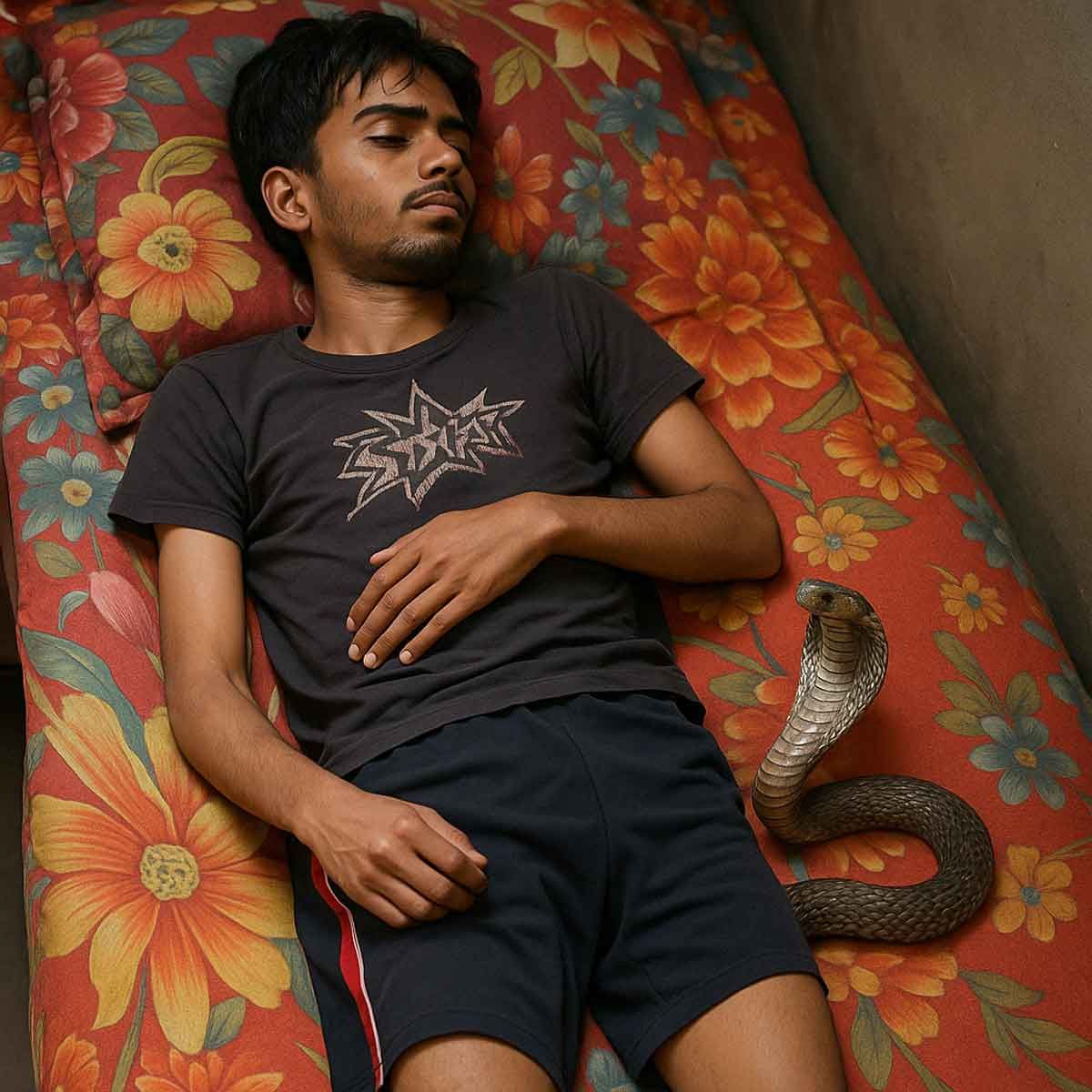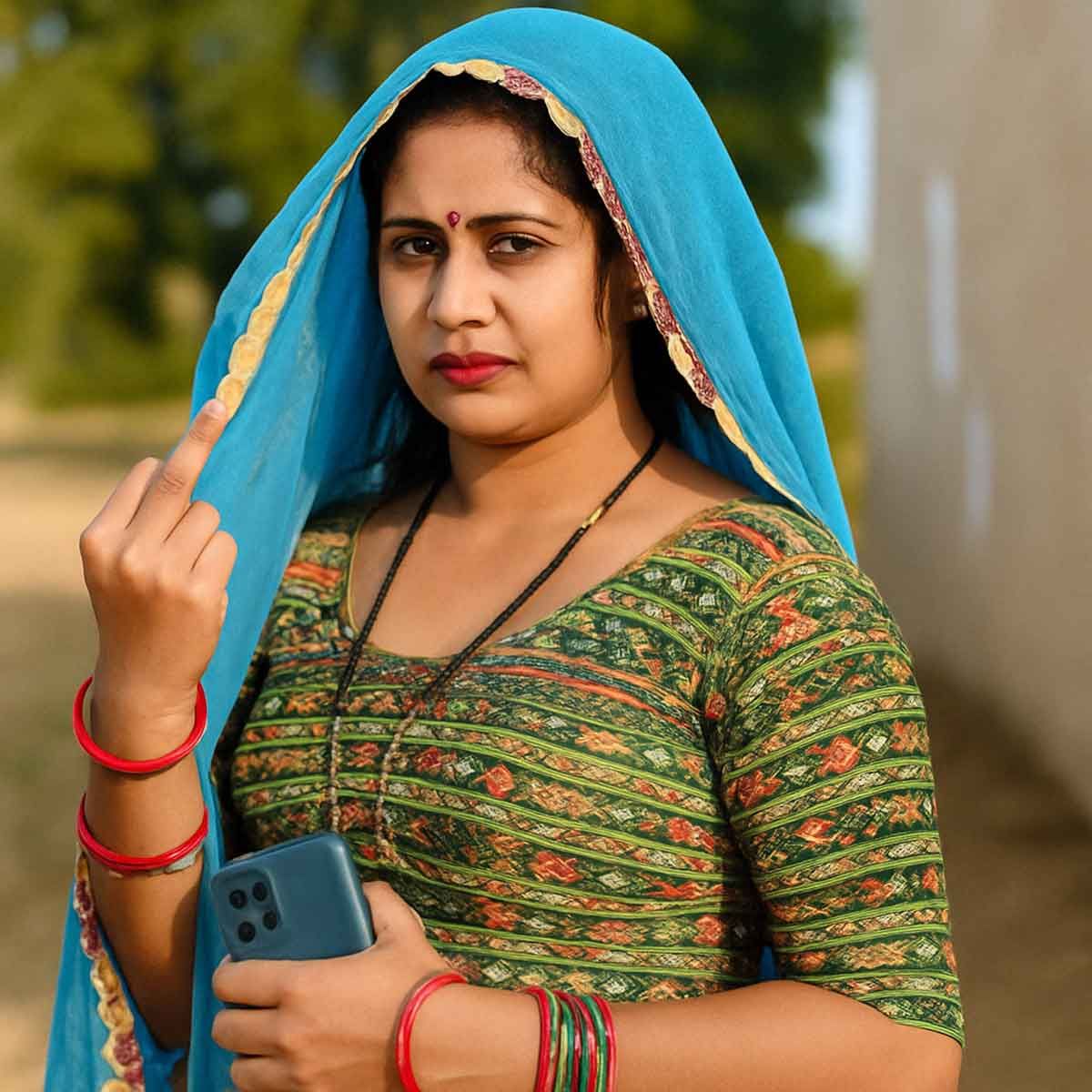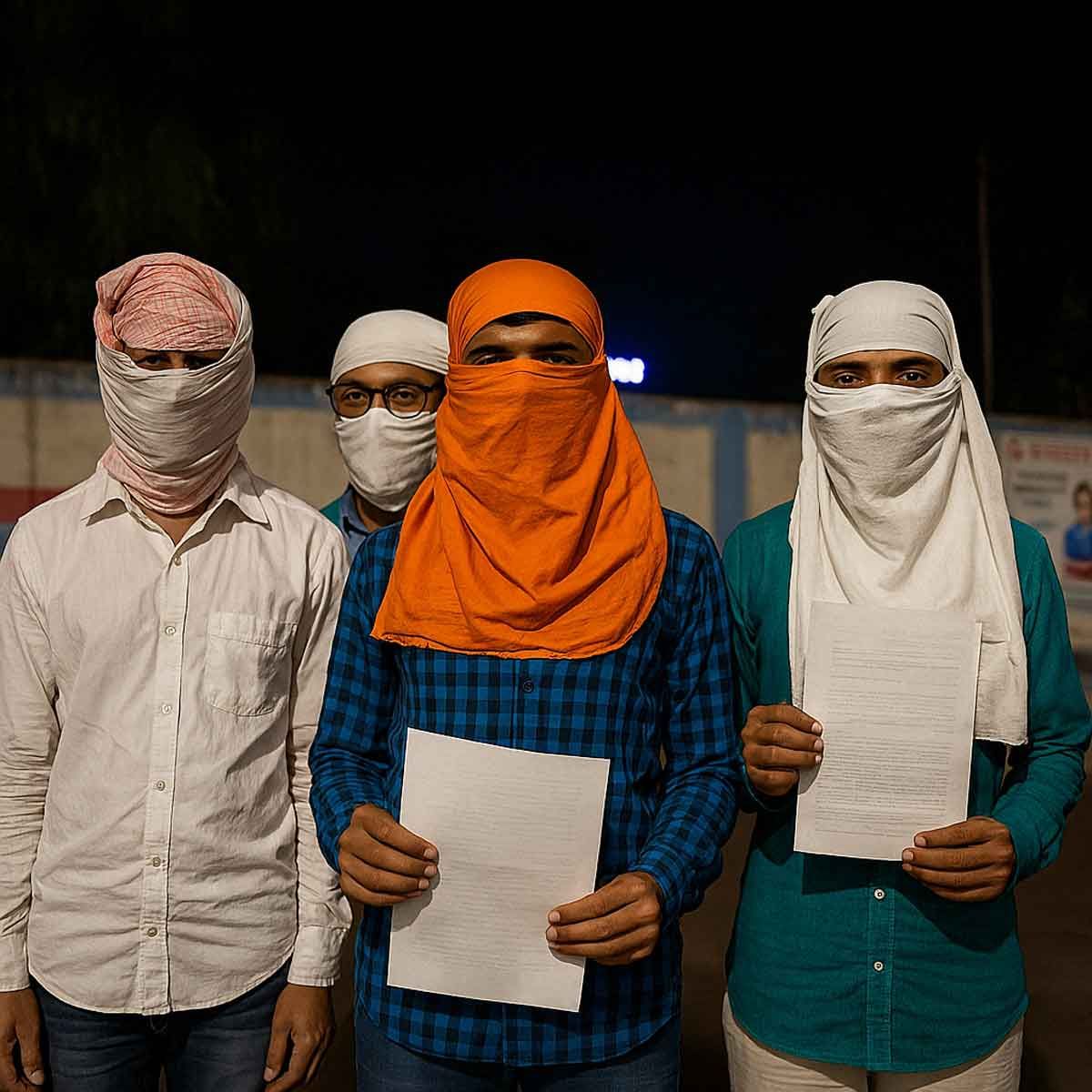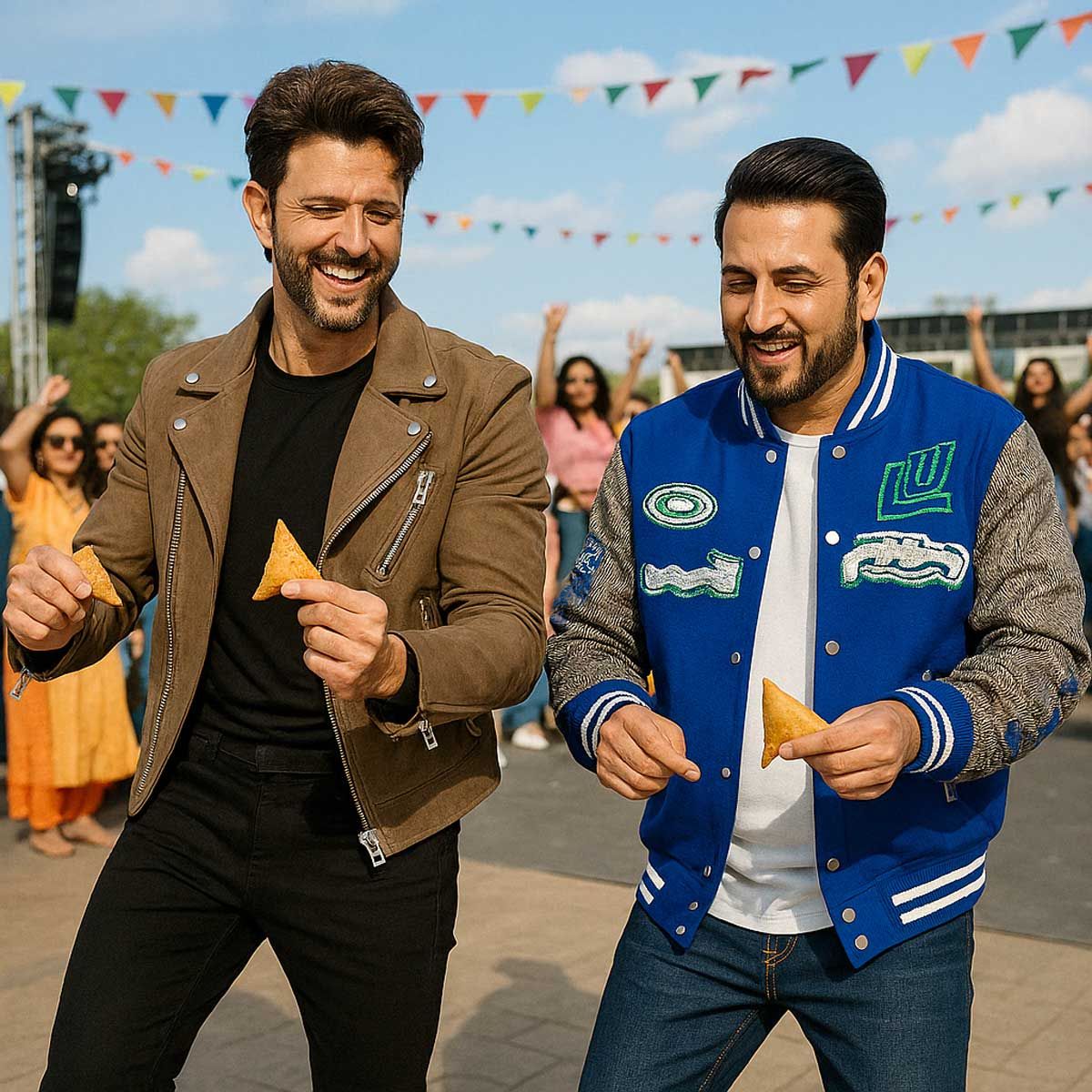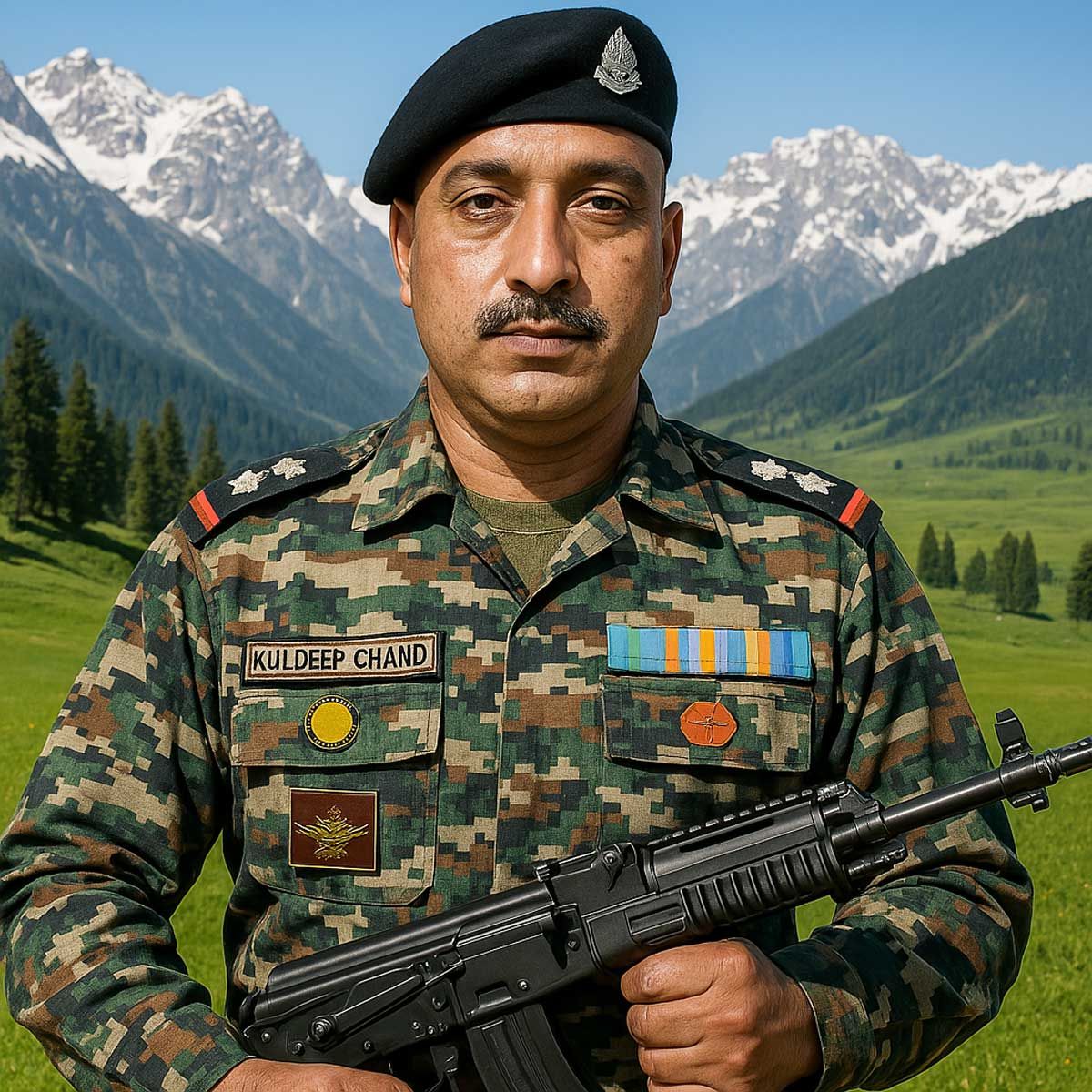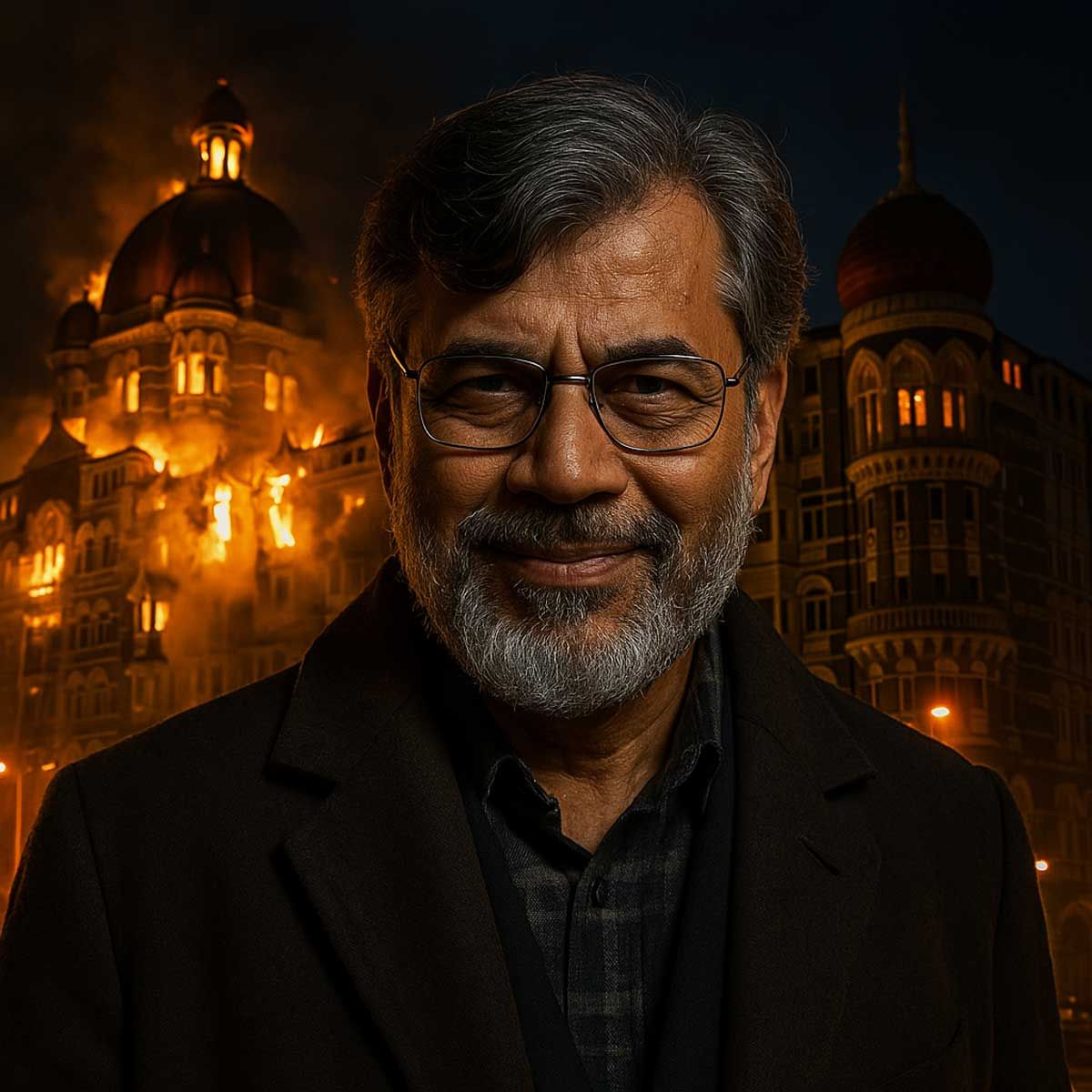More Coverage
Twitter Coverage
Satyaagrah
Written on
Satyaagrah
Written on
Satyaagrah
Written on
Satyaagrah
Written on
Satyaagrah
Written on
JOIN SATYAAGRAH SOCIAL MEDIA
Cow a living heritage not just of Hindus but of humanity stands for fertility, prosperity, and life, and India is the only place on this planet earth where we call a cow mother and then allow her slaughter
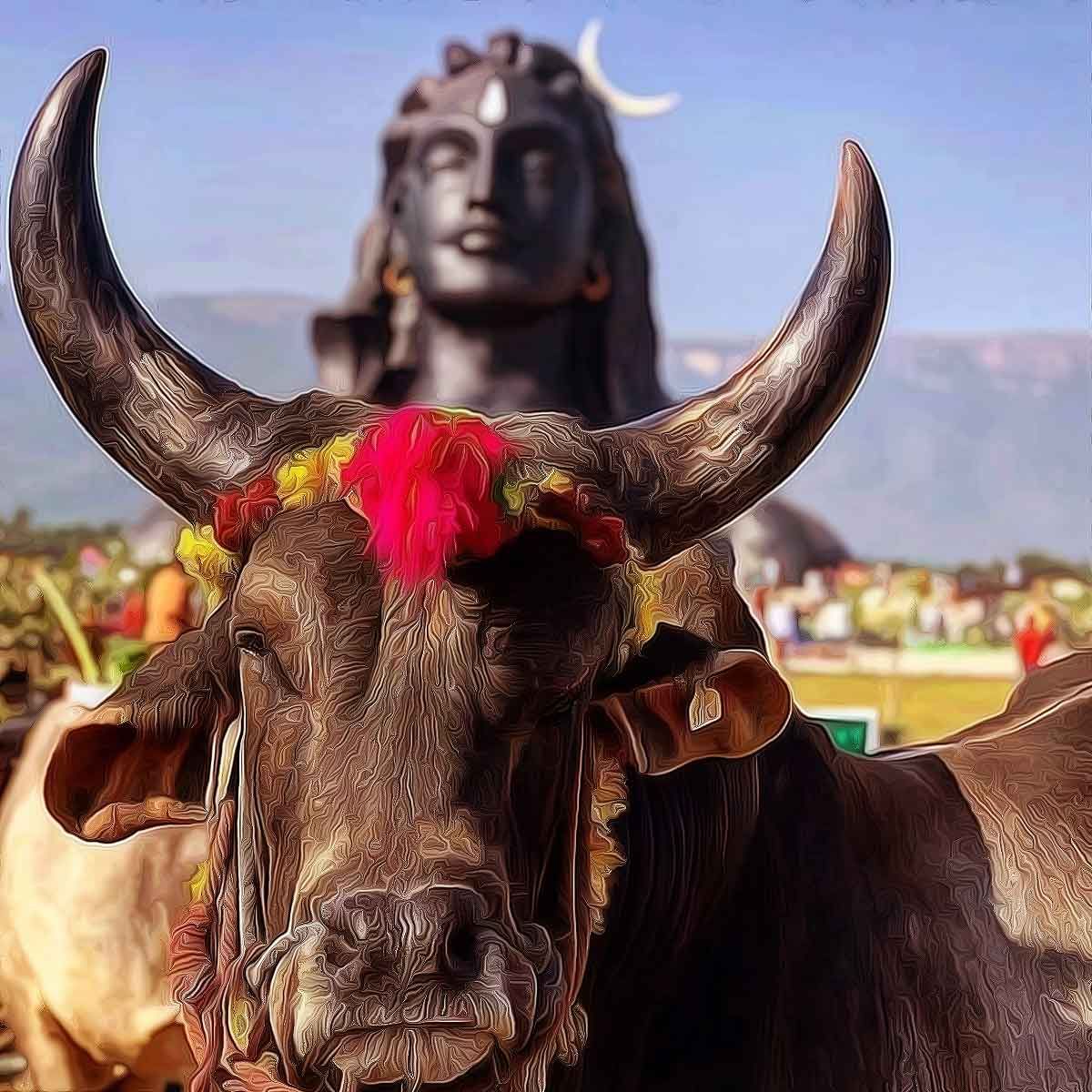
The cow is a living heritage not just of Hindus but of humanity. In world traditions, the cow stands for fertility, prosperity, and life, and is often called the mother-ancestor, perhaps for being the first mammal to be domesticated by man. She has an aura of holiness and of mystical power, despite being raised as livestock for meat in present times. A foreign scholar once pointed out that during a famine, ‘the cow is far more useful as a creature that can produce limitless amount of milk, than as a dead beast that would provide meat for a limited period only.’ In the Norwegian tradition, Audumla, the primordial milch cow fed the six-headed son of Aurgelmir, the progenitor of Gigantes.
"सुरूपा बहुरूपाश्च विश्वरूपाश्च मातरः।
गावो मामुपतिष्ठन्तामिति नित्यं प्रकीर्तयेत्॥":
प्रतिदिन यह प्रार्थना करनी चाहिये कि सुन्दर एवं अनेक प्रकार के रूप-रंग वाली विश्वरूपिणी गोमाताएं सदा मेरे निकट आयें
New Delhi: A case of cow slaughter has come to light in the Ranhola area of outer Delhi. The team of cow protection team reached the spot along with the policemen. Carcasses of more than nine cows were found on the spot. The severed parts of these cows were lying here and there. The mouths of all the cows were tied with rope. Along with this, three live cows were also found there. In this case, the Additional DCP of Outer Delhi confirmed that the main accused has been arrested.
|
According to the information, the Gau Raksha Dal is continuously taking information regarding cow slaughter. Along with this, strict laws have also been implemented by the government. It has been said that strict action will be taken against whoever commits cow slaughter. Despite this, cases of cow slaughter are continuously coming to the fore. Police can make more arrests in this case by evening.
According to the information, there is this godown in the Ranhola area of outer Delhi where secretly cows used to be slaughtered and their meat was packed and sold. This whole operation was running for quite a few months now, but when raided the whole truth came out.
One such gang was foiled in Bulandshahar where four accused were arrested by Uttar Pradesh police.
This godown in Ranhola appeared to be a normal godown and people thought that it was being used for warehousing purposes, but when Gauraksha dal with the help of police raided this place, it came to light that it was being used for slaughtering cows.
Carcasses of more than nine cows were found on the spot. The severed parts of these cows were lying here and there. The mouths of all the cows were tied with rope so that their voices can not be heard outside.
To cover the blood outflow, one pipeline was stretched to sever. The whole godown is built in a way that people can not know what is happening inside. It was covered by an open field. One white vehicle was found inside that was used to smuggle cows and their meat.
Police have already filed an FIR against this. Almost 20 green containers were found that were being used to contain the meat. The raid happened at about 2 in the morning, and unfortunately, six accused out of seven managed to escape the scene. One was arrested.
Gauraksha dal stated that this white tempo had an Om symbol on its front and other tricks to deceive villagers that it's all being used by normal Hindu people. The whole land is agricultural and constructed structure is all illegal.
Delhi Police has set up three teams to investigate the matter and find escaped culprits.
Cow slaughter as the term connotes is the killing of cows either for human purposes or for commercial purposes. The slaughtering of cows and the consumption of beef is a highly contentious, volatile, and politicized subject of India, and also the most controversial topic in the Indian polity. Some are of the perspective that there shall be centrally empowered laws to prohibit the slaughtering of cows and some are of the belief that these laws would violate their religious beliefs and customs. According to the annexure report of 2020, the reported number of slaughtered cows, buffaloes, and cattle for consumption in India is 35,800 and the number has been increasing since 1971 and is growing at an average annual rate of 8.67%.
The slaughtering of cows had raised serious concerns soon after India attained independence in 1947 and the question of the protection of cows is growing day by day, as it results in the economic deterioration of the country. Due to the neglect of the protection of cows, the phenomenon has driven both the cows and the buffaloes to the door of death. If considered from a legal panorama, the slaughtering of cows actually results in the violation of animal rights, these animal rights have a juxtaposing effect on human rights. If the cows are slaughtered at this pace, then there’s no doubt in stating that it would also be red-listed under the endangered animals as per the United Nations organizations.
Conflicting ideologies of the religions
The religious beliefs and ideologies of the people have made the slaughtering of cows a controversial matter. The question of the protection of cows in India is becoming more and more serious day by day, as in it lies concealed economic deterioration of the country.
In Hinduism, the veneration of cows is a complex, evolving, and ambiguous ecological tradition, and it has been a symbol of wealth in India, since ancient times. The cow has been considered a sacred animal, and religion has time and again firmly expressed its importance from the spiritual, economical, and environmental perspectives, and has condemned the slaughtering of cows.
While, under Islam, the Muslims believe that as per the holy verses of the Quran, God has created cows, cattle, and buffaloes for the benefit of humans and for human consumption. The Muslims perform cow slaughter as a ritual. The Muslims and the followers of Islam perform a religious practice and sacrifice cows on the day of Bakri-id. In India, cow slaughtering is prevalent in large Muslim communities such as Assam, West Bengal, and Kerala. Since the Quran does not state the specifics of the sacrifice and whether a cow is the only animal that has been recommended for sacrifice is the subject of discussion. The Muslims have also been questioned by the central government and the judiciary on the legality of the ritual, and this as a result creates a conflict between the judiciary and the personal laws.
Therefore, on the one hand, cows have been considered sacred animals that should not be killed or sacrificed, while on the other hand, Muslims have been continuing the practice of slaughtering cows as a religious tradition. Consequently, these two conflicting religious beliefs have remained a source of antagonism in the academic debates and among the fierce and passionate political and judicial parameters. These religious beliefs and ideologies are dated back to the colonial period and are still being practiced. The opposite beliefs between the two religions have also resulted in communal violence thereby jeopardizing the protection of cows.
The cow slaughter ban
Due to the increase in the cases of community violence, the government made amendments to the Maharashtra Animal Preservation (Amendment) Act, 2014, and deliberately prohibited the slaughter of cows, bulls, and bullocks and the possession and consumption of their meat as well in the state of Maharashtra. The amendment was challenged in the Bombay High Court, and the court had to address the legal questions regarding cow slaughter, freedom of religion, and the economic justification of a slaughter ban on bulls and bullocks.
The court pronounced its judgment in the case of Shaikh Zahid Mukhtar vs The State Of Maharashtra, 2016 regarding the cow slaughter ban and stated that the provisions were unconstitutional and permitted the consumption of beef outside the provinces of the state. The government filed a writ petition in the Supreme Court in 2017 to ban cow slaughtering. The court stated the importance of the right to privacy as a fundamental right to every citizen of India and stated that the person’s eating habits are a matter of his personal autonomy and the practicing of any religion is his matter of personal choice and affirmed that the state had no rights to decide on the person’s personal, social and political matters.
The court also suspended the ban on cow slaughter stating that it would be affecting the livestock markets, and the meat, and leather industries thereby affecting the lives of the minorities.
The state legislature and the Cow Slaughter
The center has not introduced any specific legislation regarding cow slaughtering, even when the parliament has the power to introduce laws for the national interest.
The states have been empowered to make laws for their respective states under Article 246 of the Constitution of India. The states in India have introduced and enacted various laws such as The Andhra Pradesh Prohibition of Cow Slaughter and Animal Preservation Act, 1977, The Uttar Pradesh Prevention of Cow Slaughter Act, 1955, The Delhi Agricultural Cattle Preservation Act, 1994, The Gujarat Animal Preservation Act, 1954, Maharashtra Animal Preservation Act, 1976, The Tamil Nadu Animal Preservation Act,1958 and many others to prohibit and restrict cow slaughtering in India and provide protection to the animal life i.e, cows, buffaloes, cattle, and bulls, complying with the provisions of the Constitution of India and to combat the violence among the various religious groups
 Support Us
Support Us
Satyagraha was born from the heart of our land, with an undying aim to unveil the true essence of Bharat. It seeks to illuminate the hidden tales of our valiant freedom fighters and the rich chronicles that haven't yet sung their complete melody in the mainstream.
While platforms like NDTV and 'The Wire' effortlessly garner funds under the banner of safeguarding democracy, we at Satyagraha walk a different path. Our strength and resonance come from you. In this journey to weave a stronger Bharat, every little contribution amplifies our voice. Let's come together, contribute as you can, and champion the true spirit of our nation.
 |  |  |
| ICICI Bank of Satyaagrah | Razorpay Bank of Satyaagrah | PayPal Bank of Satyaagrah - For International Payments |
If all above doesn't work, then try the LINK below:
Please share the article on other platforms
DISCLAIMER: The author is solely responsible for the views expressed in this article. The author carries the responsibility for citing and/or licensing of images utilized within the text. The website also frequently uses non-commercial images for representational purposes only in line with the article. We are not responsible for the authenticity of such images. If some images have a copyright issue, we request the person/entity to contact us at satyaagrahindia@gmail.com and we will take the necessary actions to resolve the issue.
Related Articles
- Why I killed Gandhi: Godse’s final address in the Court at Punjab High Court, then in session at Shimla
- "There is more power in a good strong hug than in a thousand meaningful words": In Hinduism, we have been communicating with the cow since beginning and ridiculed for that, Guess what? West is now using Cow Hug therapy to cure their stress and anxiety
- PM to unveil the 'Statue of Equality' of 11th century Vaishnavite saint Ramanujacharya: World’s second-largest statue in sitting position in Hyderabad on the 40-acre sprawling premises
- "वक्र तुंड महाकाय, सूर्य कोटि समप्रभ:, निर्विघ्नं कुरु मे देव शुभ कार्येषु सर्वदा": Karnataka HC countered nefarious agendas of Islamo-leftist lobby and upheld decision of allowing Ganesh Chaturthi celebrations at Hubballi Idgah maidan, गणपति बप्पा मोरया
- "Finding the truth reflects if how many light years were our ancestors ahead of us": Rishi Gargi ~ World’s Oldest icon of Feminism in Ancient Hinduism, when 'Gender Equality' had not even originated, scholars like Gargi-Maitreyi were debating in India
- “If you want to find the secrets of universe, think in terms of energy, frequency, and vibrations”: A Panorama of Vedas - Indian Culture stands on four pillars called Puruṣārthas (purpose of human life) – Dharma, Artha (money), Kāma (married life) & Mokṣa
- MP Police arrested accused Armaan Khan, and 3 others for slaughtering a cow in Vidisha, tensions grip as stone-pelting follows, rioters damaged a religious place, residential properties, and a shop
- Swami Omkarananda Theni, founder of Chidbhavananda: A Protector, Scholar, And Teacher Of Dharma
- "Where there is great belief, there are always miracles": 110 years old Siyaram Baba still reads Ramayana without glasses, had donated Rs 2.5 cr for repair of Narmada Ghat, Indian sages have surprised whole world with the power of yoga and meditation
- ‘Kanyādāna’ in an Age of lunacy and trending social media campaigns: To Give or Not to Give
- “Realize that everything connects to everything else": Son wins a race his father could not finish, 17-year-old boy saves the life of a teenager from drowning, the story of a father and his son from Kerala
- A Different 9/11: How Vivekananda Won Americans’ Hearts and Minds
- An Artisan Heritage Crafts Village: Indigenous Sustainability of Raghurajpur
- Hindus saved Sikh Gurus, provided weapons training and donated for Gurudwaras: Shattering the Hindu Vs Sikh narrative
- "Function of ritual is to give form to human life, not in mere surface, but in depth": Kōlams - traditional Indian Patterns that combine Art, Mathematics & Magic, and refers to the belief that Hindus have a “karmic obligation” to “feed a thousand souls”

















